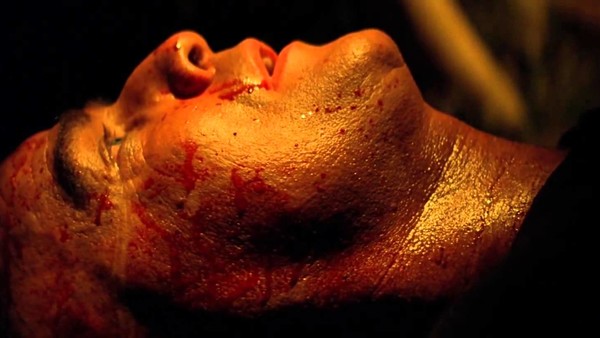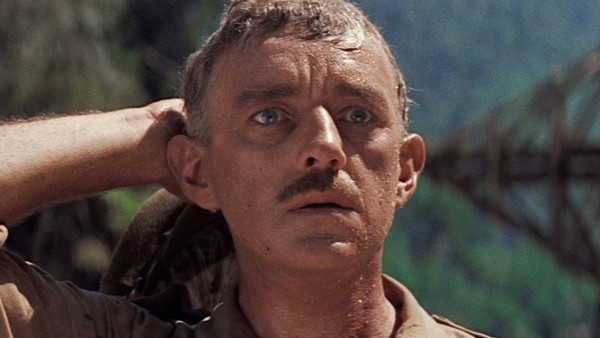8 Movies That Had No Regard For The Environment
These productions left destruction in their wake.

Film budgets can stretch into hundreds of millions of dollars, but that isn't always the only price to pay for a Hollywood production. Movie-making can take its toll on cast and crew members too, and even the environment can end up paying the biggest price of all when a Hollywood set rolls into the area.
Nowadays, we're all well aware of how humanity's destructive impact is harming the world, and it's only natural that rules and regulations have been introduced in various industries, including film-making, to help protect the planet. However, there's still a lot of work to be done.
The introduction of the American Humane Association helped to keep animals safe on sets, but the motion picture industry is still a real menace to the Earth, releasing tens of thousands of tonnes of pollutants into the air each year.
Some movies have an even more direct effect on their filming locations. To get the right shot, some directors will have no qualms about destroying pristine beaches or burning down swathes of forest. Showing no respect to local flora and fauna, these major motion pictures tore through the environment, leaving destruction in their wake.
8. The Bridge On The River Kwai (1957)

Based on a book by Pierre Boulle, David Lean's 1957 epic tells the tale of British prisoners of war who have to build a railway bridge over a Thai river but secretly plan to blow it up in an act of vengeance against their Japanese captors. It's a classic film that won seven Oscars, but the pursuit of authenticity in its filming led to some nasty consequences for the local area.
Producer Sam Spiegel desperately wanted the film to be realistic and selected a rich jungle in Ceylon (now Sri Lanka) to film the bridge scenes. Local labourers were called in to help build the bridge, which took eight months in total to construct. This meant chopping down over 1,200 trees from the surrounding forest, disturbing local ecosystems and wiping out wildlife.
After all that construction, the bridge was then blown up for a shot that only lasts a few seconds in the final film. Any trace of the blast has faded away by now and the vegetation that was chopped down has gradually managed to recover, but the film's production wasn't exactly eco-friendly.